In calm seas off the coast of South Korea on the morning of April 16 – just one month before the operators of the Nova Star launched its new ferry service between Portland and Nova Scotia – a car ferry carrying 467 passengers and crew capsized in a horrifying accident that was heavily covered by the media worldwide.
For the operators of the Nova Star, the timing of the accident could not have come at a worse time. Even after the Nova Star began operating May 15, the news media continued to air video of the disaster, including footage obtained from the cellphone of one of the victims showing doomed teenagers trapped in the sinking ship. The death toll is at 290, with 14 still missing.
Some potential customers for the Nova Star told the company that the South Korean accident had them worried about Nova Star’s safety, said Dennis Bailey, spokesman for Nova Star Cruises Ltd. He said company officials are frustrated by the continuing comparison because the two ferries and their operations are so different.
“It’s an unfair comparison because the regulatory standards and experience of the crew and the whole culture are different over there,” Bailey said. “The conditions that caused that situation couldn’t happen over here. I couldn’t imagine it, anyway.”
The ferry has seen relatively low passenger counts. It has been carrying between 300 and 400 people on weekends, and fewer than that on weekdays, Bailey said.
The slow start is expected, Bailey said, in part because the operators didn’t start selling tickets until the end of March for lack of a key federal permit. Also, he said, a cool and cloudy spring hasn’t helped. He said the company is confident that business will pick up substantially this summer.
Bailey said it’s difficult to determine the impact of the South Korean disaster on sales, although it is a perception problem that the company is trying to address by showing a reporter some of the ship’s high-tech features.
Superficially, the two ferries appear similar. The doomed Korean ferry Sewol is 479 feet long and had the capacity to carry 220 cars and 1,102 passengers.
The Nova Star is somewhat larger – 528 feet long, with capacity of 300 cars and 1,215 passengers.
The Sewol, built in Japan 20 years ago, is a much older vessel, though. The Nova Star was built in Singapore in 2011 and was not put into service until this year.
The Sewol was traveling off South Korea’s southwestern tip in a channel with strong currents when it turned sharply without slowing, according to investigators. During the turn, cargo might have shifted. Witnesses described how several containers fell over and made booming sounds as they tumbled off balance.
In South Korea, lax regulatory enforcement of safety measures emerged as one of the causes of the accident after prosecutors determined that the cargo weight declared by the ship was more than double the recommended maximum. In addition, the crew came under fire for getting the ship into trouble and then failing to evacuate the sinking ship. The ship’s fugitive owner is accused of dangerously overloading the vessel and not giving crew members adequate emergency training.
DIFFERENT REGULATIONS
Peter Thompson, the 57-year-old British captain of the Nova Star, said the regulatory system in Europe and Norther America are much stricter than in South Korea. He noted that the Nova Star has been inspected by the U.S. Coast Guard and Transport Canada in Nova Scotia, and that safety standards in North America are much more rigorous than in South Korea.
“This vessel has met the hardest standards you can get,” said Thompson, who has piloted ships on the River Thames for the port of London and has worked for several cruise ship lines.
He said his vessel is equipped with latest navigational and safety equipment. Its computer-based navigation information displays the current position of the Nova Star and its future position if the vessel continues on an existing course. In case of a malfunction, the vessel has a duplicate system as a backup.
After the ship leaves a harbor, the captain sets the system on automatic pilot. The computer keeps the ship in a straight line while making adjustments to account for changing winds and currents.
Thompson said the course is simple – a straight line across the Gulf of Maine. “Yeah, that’s the boring bit,” he said, while standing in the bridge and looking at an electronic chart showing a green line across the gulf.
When the ship arrives at port after a 10-hour crossing, he said, navigation becomes much more challenging, particularly in Yarmouth, where the harbor channel is narrow and shallow.
The ship has two bow thrusters that allow it to operate without tugboats. Its two controllable pitch propellers and two rudders operate independently, allowing the ship to make tight turns.
Thompson said he can move the ship sideways to push off a wharf. But Yarmouth Harbour is so shallow those maneuvers are less effective, he said, so he relies on winds and tides to pivot the ship and move it away from the wharf.
The Nova Star has four covered lifeboats with a capacity of 150 each, two smaller life rafts that hold 109 each, plus inflatable life rafts that can hold 430 each. In all, its boats and rafts can carry 1,678. The ship has capacity of 1,300 passengers and crew. The ship also has two jet boats that can be used if someone falls overboard, and its top deck serves as a helicopter pad.
For fire protection, nozzles in the ceiling release a high-pressure mist of water.
David Marsh, a partner in 3D Marine, a Texas company that investigates maritime accidents for insurance agencies, said he has no doubt that the inspection standards in the United States are far more stringent than in South Korea, and that the Nova Star’s ship management procedures are far superior to that of the Sewol’s.
“You can’t compare the two,” he said.
One issue with the Nova Star is a design flaw that limits how much weight it is allowed to carry. The ferry was built by Singapore Technologies Marine for a French company, LD Lines, which planned to use the vessel to carry passengers and cargo between Portsmouth, England, and Le Havre, France.
But LD Lines terminated its contract in 2011, citing a delay in construction and the vessel’s “deficiency in deadweight capacity.”
Dead weight is the load – including cargo, fuel, stores, crew and passengers – that a ship can safely carry.
LD Lines said the ship was heavier than it was supposed to be and wasn’t able to carry as many trucks as planned.
Nova Star Cruises’ business model calls for ferrying mostly passengers, and not heavy vehicles.
“It wasn’t suitable for their needs, whatever they were doing,” he said of the French company. “But it’s fine for our needs. It’s a completely safe and suitable ship for our purposes.”
Thompson said he has instruments that tell him how much weight the ship is carrying so he can ensure it won’t be loaded beyond its certified capacity. That capacity allows for as many as 44 tractor-trailers on its bottom deck and 200 cars on the upper two decks.
Send questions/comments to the editors.

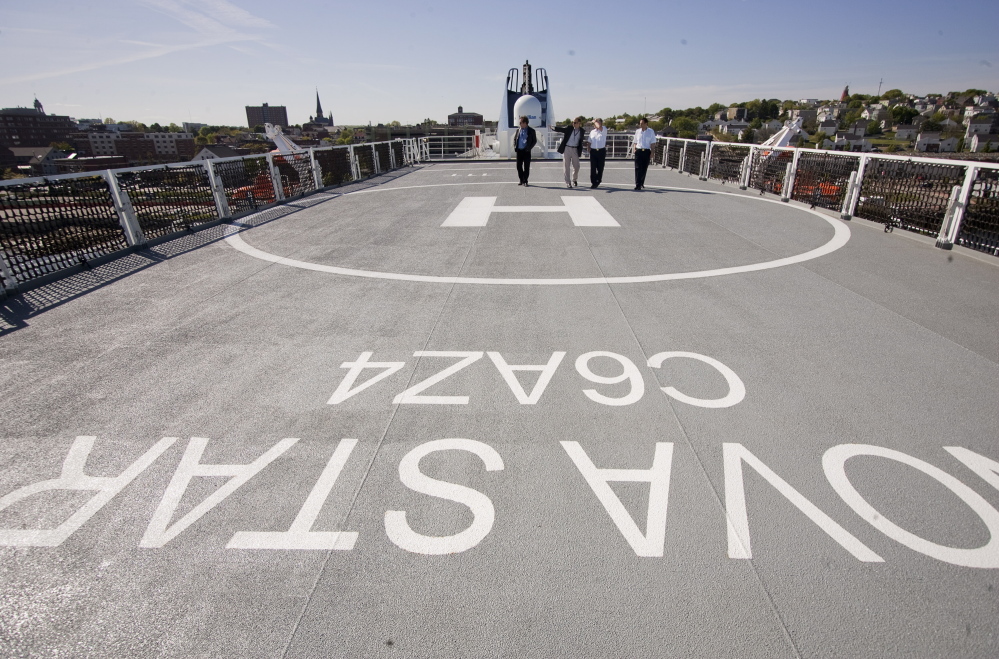
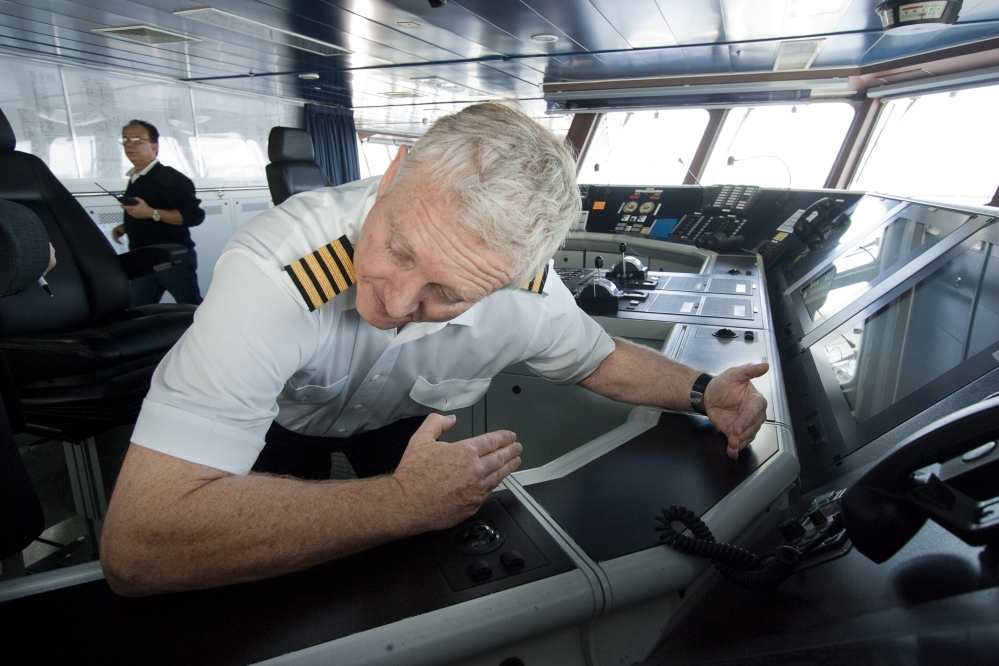
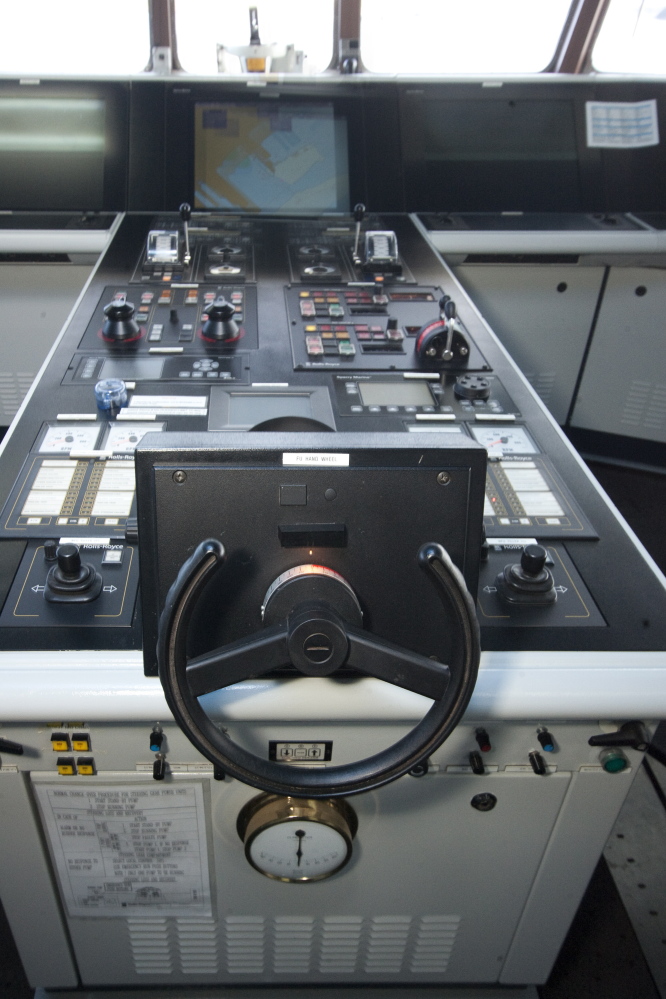
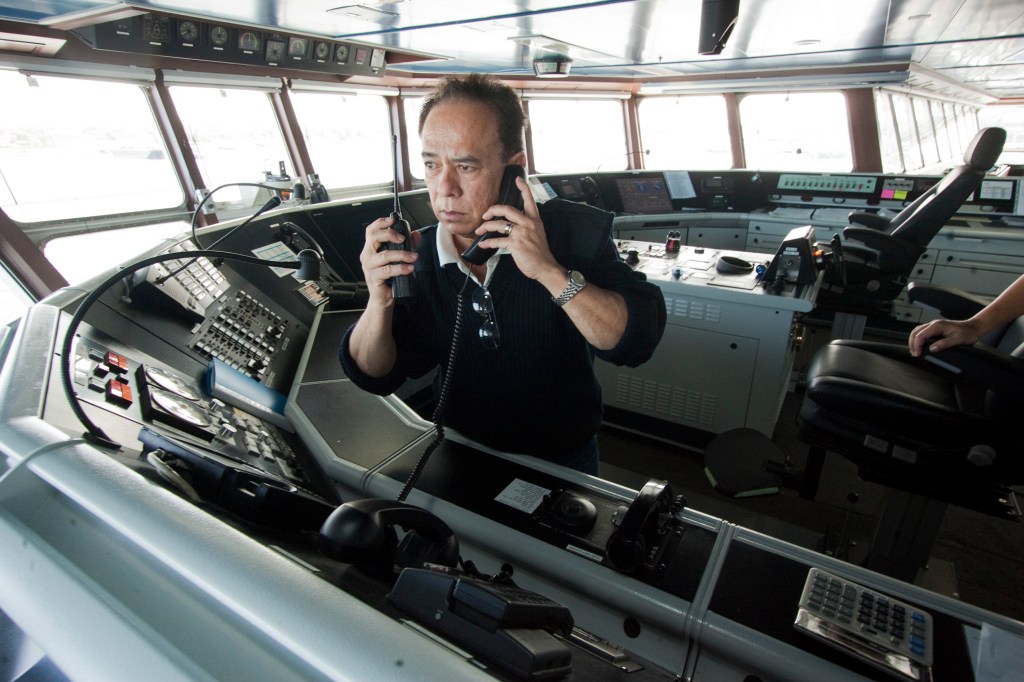
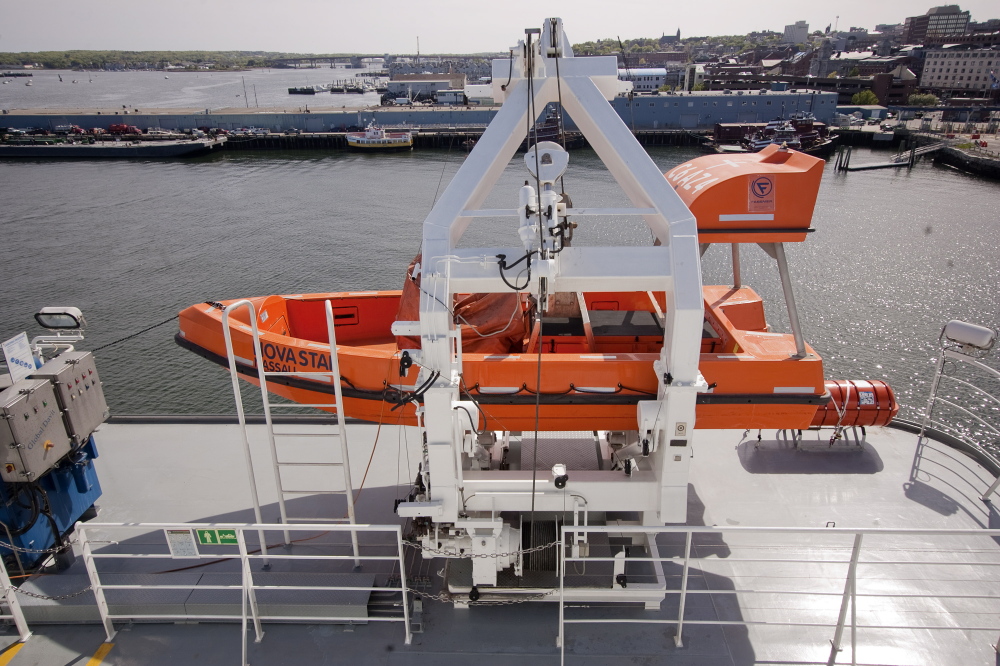
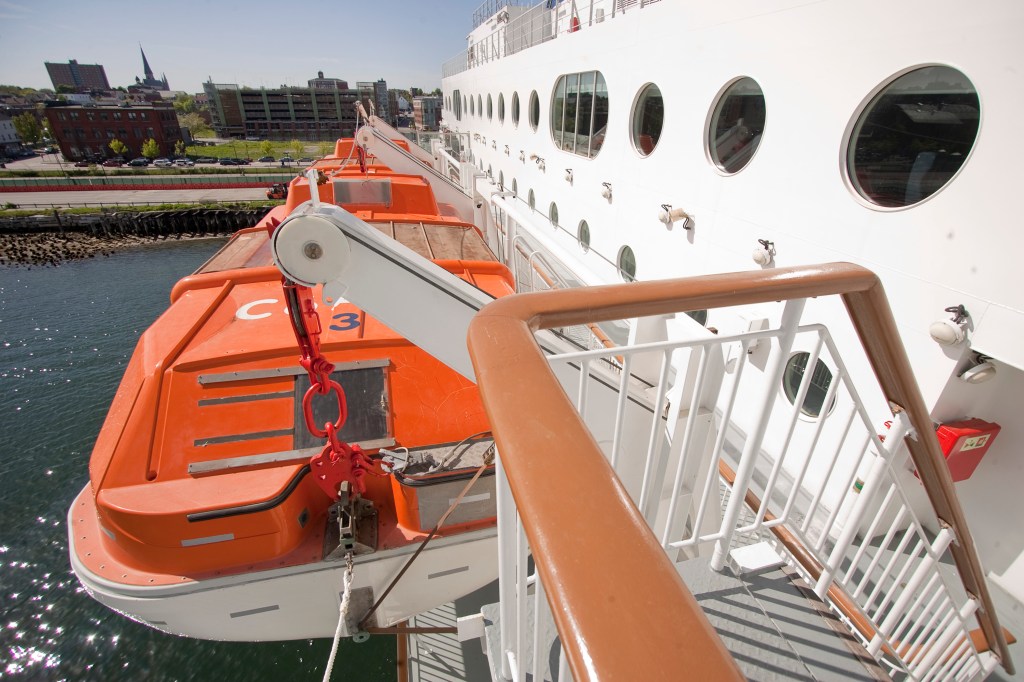
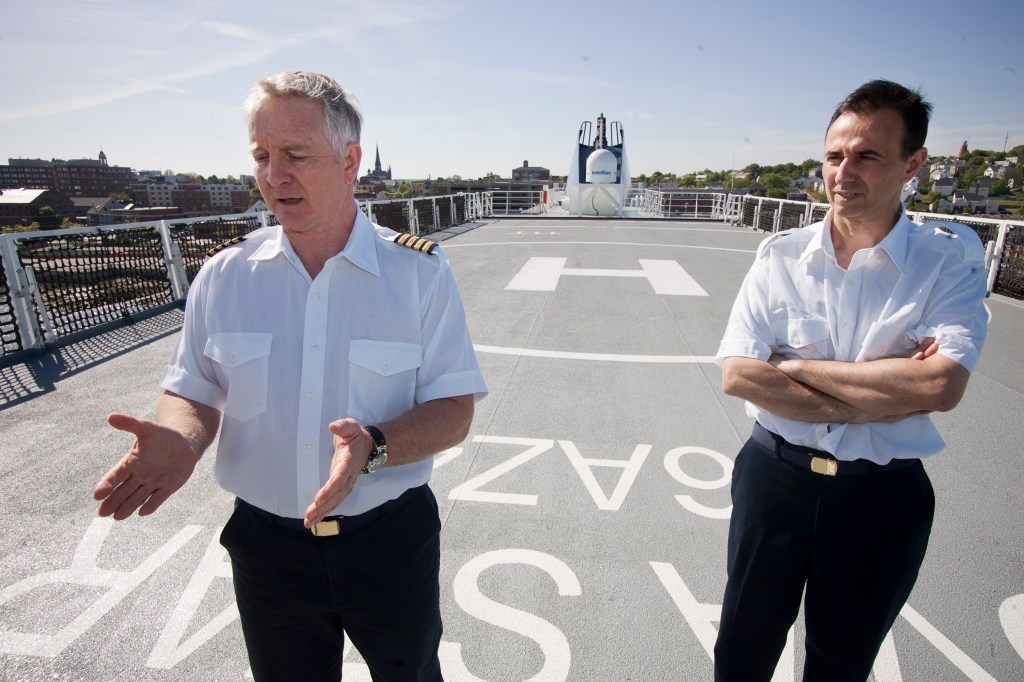

Success. Please wait for the page to reload. If the page does not reload within 5 seconds, please refresh the page.
Enter your email and password to access comments.
Hi, to comment on stories you must . This profile is in addition to your subscription and website login.
Already have a commenting profile? .
Invalid username/password.
Please check your email to confirm and complete your registration.
Only subscribers are eligible to post comments. Please subscribe or login first for digital access. Here’s why.
Use the form below to reset your password. When you've submitted your account email, we will send an email with a reset code.